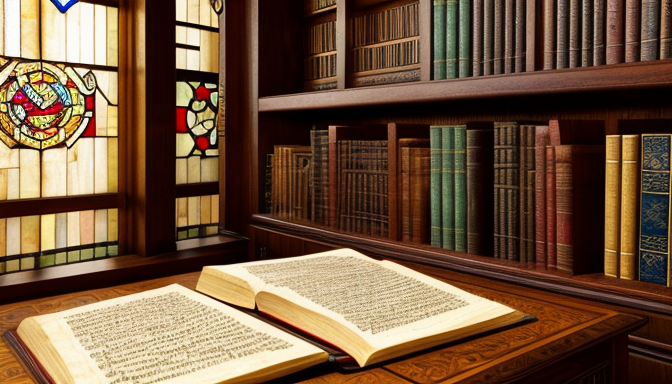Character archetypes are more than just templates; they are the psychological blueprints that help storytellers craft compelling narratives. They resonate with audiences on a deep emotional level, allowing them to connect with characters in ways that feel both familiar and profound. Think of archetypes as the building blocks of our favorite stories, each one representing a universal truth or experience. From the brave hero to the wise mentor, these archetypes tap into our collective consciousness, making them instantly recognizable and relatable.
When we delve into the intricacies of character archetypes, we find that they often possess rich backstories and alignment traits that shape their journeys. For instance, a character like the Reluctant Hero often battles internal conflicts, which not only makes them relatable but also adds layers to their personality. This complexity is what keeps audiences engaged, as they root for these characters to overcome their flaws and emerge victorious. Additionally, mythological influences play a crucial role in enriching these archetypes. They draw from ancient tales, embedding timeless lessons and morals that resonate across generations.
In essence, the psychology behind memorable character archetypes lies in their ability to reflect our own struggles and triumphs. They invite us to explore the depths of human experience, making storytelling a powerful tool for connection and understanding. So, next time you find yourself captivated by a character, remember that their archetype is not just a simple label; it’s a window into the shared human experience that binds us all together.
[The Role of Archetypes in Storytelling]
Character archetypes are like the blueprints of storytelling. They provide a familiar structure that helps audiences connect with the narrative on a deeper level. Imagine walking into a room filled with strangers, yet somehow, you can instantly identify the hero, the mentor, or the villain based on their traits and actions. This recognition is not just coincidence; it’s the power of archetypes at work. They resonate with our collective unconscious, allowing us to engage with stories that echo our own experiences and emotions.
When writers utilize archetypes effectively, they create characters that are not only relatable but also memorable. Take, for instance, the hero’s journey—a classic archetype that showcases a character’s transformation through trials and tribulations. This journey often involves a rich backstory, where the hero’s past influences their decisions and growth. Such depth adds layers to the character, making them feel more real and relatable.
Moreover, archetypes are often influenced by mythological themes, drawing from ancient stories that have stood the test of time. These influences shape how characters align with moral traits, such as:
- Good vs. Evil: The eternal struggle that defines many narratives.
- Redemption: Characters seeking forgiveness or a second chance.
- Sacrifice: The hero often gives up something valuable for the greater good.
In conclusion, archetypes serve as essential tools in storytelling, enabling writers to craft compelling characters that resonate with audiences, making them unforgettable long after the story ends.
![[The Impact of Archetypes on Audience Perception]](https://www.domwiki.org/wp-content/uploads/2025/04/the-psychology-behind-memorable-character-archetypes_2.png)
[The Impact of Archetypes on Audience Perception]
Character archetypes are not just mere templates; they are the psychological glue that binds audiences to stories. When we encounter a hero or a mentor, we instinctively recognize their roles, thanks to our collective cultural experiences. This recognition creates an immediate emotional connection, as we resonate with their struggles and triumphs. Think about it: when you see a character facing adversity, doesn’t it remind you of your own challenges? This relatability is what makes archetypes so powerful.
Moreover, archetypes provide a framework for character development. A well-crafted character with a rich backstory can evoke deep feelings and provoke thought. For instance, consider the classic tragic hero who falls from grace. Their journey often reflects our own fears and desires, revealing the complexity of human nature. By aligning their traits with mythological influences, these characters become more than just fictional beings; they transform into mirrors of our own lives.
To illustrate this, let’s look at a few archetypes and their effects on audience perception:
| Archetype | Impact on Audience |
|---|---|
| Hero | Inspires hope and courage |
| Mentor | Provides wisdom and guidance |
| Trickster | Challenges norms and evokes laughter |
In conclusion, understanding the impact of archetypes on audience perception not only enhances storytelling but also enriches our cultural narratives. These archetypes allow us to explore the depths of our emotions and connect with stories on a profound level. So, the next time you dive into a story, pay attention to those archetypes. They might just reveal more about you than you expect!
Frequently Asked Questions
- What are character archetypes?
Character archetypes are universal symbols or themes that represent specific types of characters in storytelling. They serve as templates that help audiences quickly understand a character’s role and motivations, making the narrative more relatable and engaging.
- Why are archetypes important in storytelling?
Archetypes are crucial because they create a familiar framework that audiences can connect with emotionally. They enhance the storytelling experience by tapping into shared cultural and psychological patterns, making characters more memorable and impactful.
- How do archetypes influence audience perception?
Archetypes shape how audiences perceive characters by triggering specific emotional responses. For instance, a hero archetype often evokes feelings of hope and inspiration, while a villain archetype might elicit fear or anger, thus influencing the overall narrative engagement.
- Can archetypes evolve over time?
Absolutely! While archetypes are rooted in tradition, they can evolve to reflect contemporary values and societal changes. This evolution keeps storytelling fresh and relevant, allowing new generations to connect with these timeless characters in unique ways.

Recent Comments